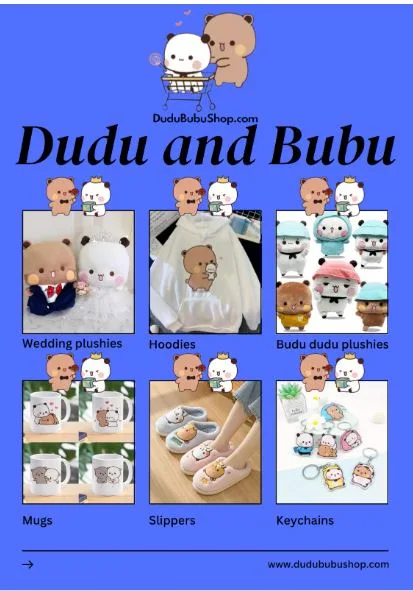How AI Search Engines Choose Sources
The Web Has Shifted From Links to Conversations
In 2024, the web stopped being a list of links — and became a conversation.
When you ask ChatGPT, Claude, or Perplexity a question, you don’t get ten blue links anymore. You get an answer — complete, contextual, and conversational. It feels personal. It feels curated.
Behind that interface is a system deciding which websites deserve to be included. Understanding how those systems choose is now the key to visibility in the age of generative AI.
For a full deep-dive into this topic, you can read Geoleaper’s complete guide on how AI search engines choose sources for additional insights.
AI Search Doesn’t Rank — It Decides
Traditional search engines like Google rank pages using keywords, backlinks, and engagement metrics.
Generative search engines don’t rank — they reason. They synthesize answers using information they can understand, verify, structure, and trust.
If your content isn’t machine-readable and semantically clear, it won’t just rank lower — it won’t appear at all. AI filters for entities, not pages. This is where GEO begins.
Where AI Systems Get Their Information
Different AI engines pull data in different ways:
• ChatGPT retrieves from Bing’s index but summarizes based on semantic trust.
• Perplexity cites structured, authoritative sources and uses entity recognition.
• Claude favors factual, structured content with consistent authorship.
The universal rule: AI systems prioritize structure, clarity, and credibility over traditional SEO factors.
The Three Core Factors of AI Visibility
1. Structured Data Integrity
AI models need context. JSON-LD defines:
• Content type (@type: Article, Product, Organization)
• Authorship
• Publisher identity
• Topic relationships (about, mentions)
If schema is missing or mismatched, AI must guess — and guesses rarely get cited.
2. Entity Clarity
Entities are how AI understands the world.
Schema-based relationships like sameAs, about, and mentions help AI interpret your brand correctly and place it within its knowledge graph.
The clearer your entity, the more likely you are to be included in AI-generated answers.
3. Source Credibility
AI engines don’t evaluate backlinks or keyword density.
They evaluate:
• Author identity
• Publisher authority
• Traceability and factual clarity
AI avoids citing unverified sources — structure beats style every time.
Why Great Content Still Gets Ignored
Even excellent writing often fails AI visibility tests because:
• Schema is missing or invalid
• Entities aren’t linked or disambiguated
• Author/publisher metadata is incomplete
• Old formats (microdata, RDFa) confuse parsers
Ambiguity kills visibility.
How Geoleaper’s GEO Analysis Helps
Geoleaper’s GEO Analyzer evaluates:
• Structured data consistency
• Entity accuracy
• Missing credibility signals
• Schema-to-content alignment
• GEO “Golden Template” compliance
It outputs a GEO Score (1–100), showing how AI interprets your website.
How AI Systems Choose What to Include
AI engines follow this pipeline:
1. Query understanding
2. Entity mapping
3. Source retrieval
4. Synthesis
If your site fails step 3, it will never be included — no matter how good the content is.
How to Increase Your Chance of Being Cited
Focus on:
• Complete JSON-LD
• Clear entity linking
• Matching schema and visible text
• Strong author/publisher metadata
• Up-to-date structured data
From Search Ranking to Recommendation Logic
SEO optimized for algorithms.
GEO optimizes for understanding.
AI engines reward:
• Semantic clarity
• Structured data
• Entity accuracy
• Trust signals
The new question isn’t “How do I rank?”
It’s “How do I become part of the answer?”




